If you breed budgies, lovebirds or cockatiels, you know the excitement of working with color mutations. Studying the intricacies of genetics can give a whole new meaning to breeding birds. It is also difficult to describe the thrill of looking in a nest box and discovering a new color no one else has bred.Right now is a very exciting time in parrotlet breeding. Several color mutations have been developed in Pacific parrotlets in both Europe and the United States and many more are on the way. The Europeans, particularly the Belgians, have had more time to improve their stock but the US is quickly catching up. The yellow, blue and fallow color mutations are now readily available in the United States. You can also find olive, cobalt, lutino, white and albino. Europeans have, in addition to these, pastels and cinnamons. All of these colors are non-sex linked, recessive mutations.
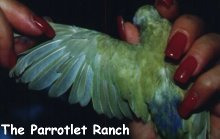
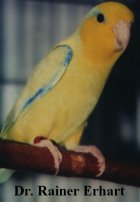
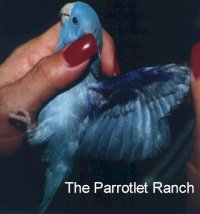
Understanding recessive, single mutations, using blue, is as follows:
- BB x BB = 100% Blue Offspring
- BB x BG = 75% Blue & 25% Blue Split Offspring
- BB x GG = 100% Split
- BG x BG = 25% Blue, 25% Split, 50% Normal
- GG = Normal Green

- BB = Visual Blue
- BG = Blue Split
Olive parrotlets are also known as “dark factor green” and actually have brown mixed in with the dark green. Although not a very impressive mutation on it own, with olive, colors such as cobalt and violet can be developed.
Cobalt is a very deep, dark navy blue which is much darker than the original blue. Although dark when young, these birds continue to develop darker, richer color as time passes. This mutation may be the first dominent mutation in parrotlets but it has yet to be proven.
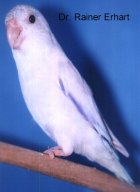
The American white was again developed by Dr. Rainer Erhart and is a beautiful white bird with dark eyes. The dark blue wings, rump, backs and eye streaks are very prominent on this parrotlet which makes the males very stunning birds. A white is produced by breeding a blue to an American yellow, referred to as a double-split, and breeding that bird to another unrelated double-split (blue to American yellow).
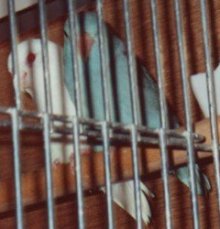
Breeding unrelated double-splits, using yellow and blue, is as follows:
- 6.25% GG
- 12.50% BG
- 12.50% YG
- 25.00% GYBW
- 6.25% BB
- 12.50% BW
- 12.50% YW
- 6.25% YY
- 6.25% WW
- GG = Normal Green
- BB = Visual Blue
- YY = Visual Yellow
- WW = Visual White
- BG = Blue Split
- YG = Yellow Split
- BW = Blue Split to White
- YW = Yellow Split to White
- GYBW = Green Split to Yellow, Blue and White
It is terribly exciting to be able to work with these gorgeous new Pacifics. Unlike most rare parrotlets, color mutations are available for the pet market. Although their prices are high at the moment, they will become more obtainable as more people breed them. Whether breeding parrotlets for the pet market or trying to establish new colors, Pacific parrotlet mutations have a lot to offer – even with their tiny size!

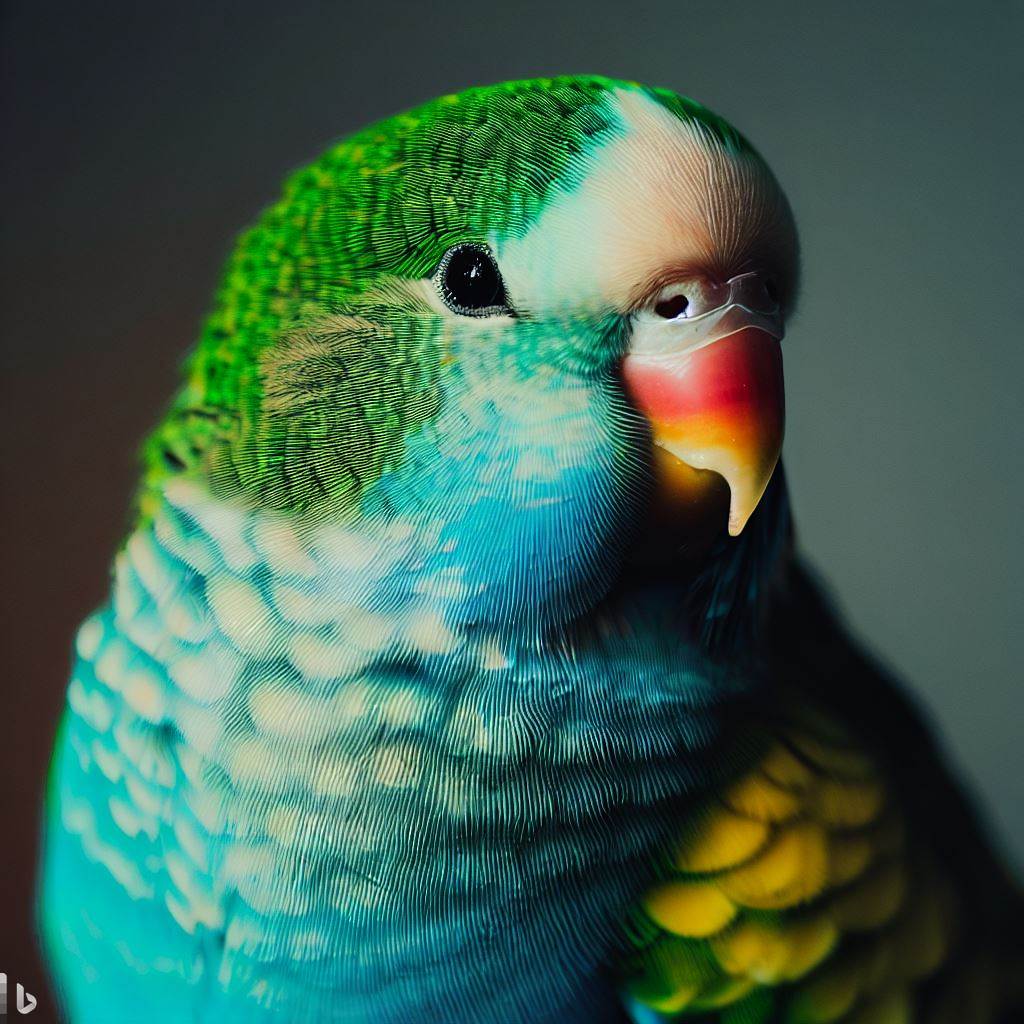
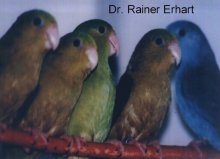
I have had just acquired two of what I have been told ate the Pacific blue birds am not sure , have only had them a day but am not sure if both male or female or one of each, have had budgies before and an African grey parrot (which my husband helped escape and she never returned ) the budgies I lost to age . Have not had these birds before, are they easy to tame if there are two? We didn’t want to separate them? Ant info would be great